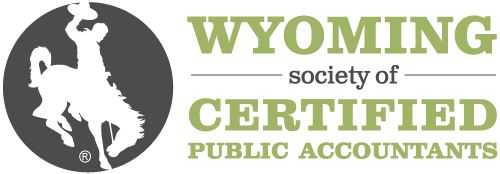Description
Learn S corporation core fundamentals and strategies
Learn how to assist your clients with the most misunderstood areas of S corporation taxation and how they can use them to their advantage.
Understand the benefits and drawbacks of electing S corporation status, and uncover the tax planning strategies for new businesses considering the S corporation form of entity.
This webcast has been updated for legislation that affects S corporations, including the new Schedule K-2 and K-3 requirements.
Make the model work
Learn to speak effectively to potential business clients and existing shareholders about how the S corporation business model might work for them.
Highlights
Objectives
- Identify the advantages and potential disadvantages of operating as an S corporation.
- Recognize individuals and entities that are eligible to own S corporation stock.
- Determine how to make a proper S corporation election.
- Identify causes of voluntary and involuntary termination.
- Recall methods of allocating income for the short years caused by a termination.
- Calculate the tax on built-in gains.
- Identify the items of income, gain, loss, and deduction that adjust basis of shares and indebtedness and the order of application of the items.
- Determine how accumulated earnings and profits, accumulated adjustments account, other adjustments account, and the shareholder's basis are affected by distributions.
- Recognize when a Section 444 election and resulting required payments should be made.
- Determine whether and to what extent passive losses can be deducted against other income.
- Identify which fringe benefits are deductible by the shareholders.
Designed For
Registration for this course has passed.
Course Pricing
WYOCPA Member Fee
$332.00
Non-Member Fee
$403.00
Your Price
$403.00
Upcoming Courses
-
Financial & Tax Accounting for S Corporations & Partnerships
May 12, 2025
-
Forensic Accounting: When The Office Is A Crime Scene
May 12, 2025
-
Surgent's Accountability and Action
May 12, 2025
View all upcoming courses
